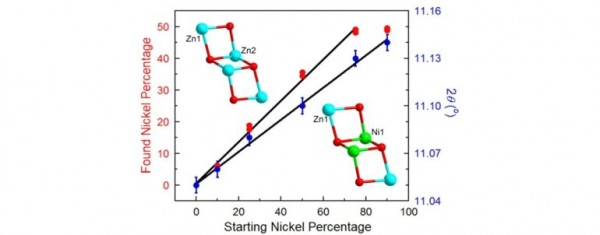Metal Site Segregation in Chair-Shaped MII4 Cluster: Crystallography, Mass Spectrometry, and Magnetic and Optical Properties
2019
期刊
Crystal Growth & Design
作者
Yan-Fang Wu
· Jie Wang
· Jun-Quan Zhang
· Yuexing Zhang
· Hai-Bing Xu
· Mohamedally Kurmoo
· Ming-Hua Zeng

- 卷 19
- 期 12
- 页码 7067-7076
- American Chemical Society (ACS)
- ISSN: 1528-7483
- DOI: 10.1021/acs.cgd.9b00883
